Using e-books and e-readers for adult learning
With a focus on adult literacy
Sandie Gay Tina Richardson

Published by the National Institute of Adult Continuing Education
NIACE (England and Wales)
21 De Montfort Street
Leicester LE1 7GE
Company registration no. 2603322
Charity registration no. 1002775
Copyright 2013 National Institute of Adult Continuing Education
(England and Wales)
All rights reserved. No reproduction, copy or transmission of this publication may be made without the written permission of the publishers, save in accordance with the provisions of the Copyright, Designs and Patents Act 1988, or under the terms of any licence permitting limited copying issued by the Copyright Licensing Agency.
The rights of Sandie Gay and Tina Richardson to be identified as authors of this work has been asserted in accordance with sections 77 and 78 of the Copyright, Designs and Patents Act 1988.
Images on pp. 8, 9 and 29 copyright Amazon.com Inc.
Adobe product screenshots reprinted with permission from Adobe Systems Incorporated. Adobe Digital Editions are either registered trademarks or trademarks of Adobe Systems Incorporated in the United States and/or other countries.
The National Institute of Adult Continuing Education (NIACE) is an independent charity which promotes adult learning across England and Wales. Through its research, development, publications, events, outreach and advocacy activity, NIACE works to improve the quality and breadth of opportunities available for all adults so they can benefit from learning throughout their lives.
www.niace.org.uk
For details of all our publications, visit http://shop.niace.org.uk
Follow NIACE on Twitter: @NIACEhq
@NIACEDC (Wales)
@NIACEbooks (Publications)
Cataloguing in Publications Data
A CIP record for this title is available from the British Library
978-1-86201-609-5 (Print)
978-1-86201-610-1 (PDF)
978-1-86201-611-8 (ePub)
978-1-86201-612-5 (Kindle)
978-1-86201-613-2 (Online)
All websites referenced in this book were correct and accessible at the time of going to press.
Printed in the UK by Latimer Trend & Company Ltd
Designed and typeset by Book Production Services, London
Contents
Introduction
If creating lifelong readers is the goal, then every tool is needed.Kylene Beers
This book focuses on using e-book and e-reader technology in the adult classroom. It will serve as a guide for the teacher or curriculum leader who is familiar with and may own their own e-reading device. They may have even used e-readers in the classroom already, but perhaps need more suggestions on their use. Similarly, it can be used as a guide for a teacher or curriculum leader who has never owned or used an e-reader, but is interested in their application in the adult education classroom. The overall intention of this book is to provide a guide on what different e-reading devices and e-books can offer the learner for the advancement of their learning, and to outline some of the issues and challenges that come with using them in the adult classroom.
An obvious use for e-readers and e-books is to encourage emergent readers to gain a pleasure in reading and using the technologies to advantage for facilitating the development of their literacy skills. Therefore, at various points in the book, we have highlighted how specific functions of e-readers and other multi-function devices that can be used to read digital books lend themselves to these purposes. We provide a whole chapter on practical, easy to implement, suggested uses in the literacy classroom (see hope these ideas work for you and we would love to hear from you about further uses of e-readers and e-books that we can share with others (contact us at: sandie.gay@gmail.com and t.a.richardson@staffs.ac.uk.).
There is a chapter on access and accessibility (see ) which looks at the functions and features that can help bring the pleasure of reading to learners who experience difficulties reading print, but we also consider some of the limitations of these technologies here.
Finally, theres a call to action! You can get involved in helping inform future developments in e-books and e-readers for adult learning (see Conclusion).
One note of caution: e-readers and the various devices that support e-books are developing at an incredibly rapid rate. Please refer to the manufacturers websites for up-to-date information about the cost and technical specifications of particular ones, as well as new devices that may be coming on the market in the near future.
for source.
CHAPTER 1
What are e-books?
An electronic book (e-book) is just another way of accessing a book; it is a digital way of reading that means that some e-books can be quite interactive in a way that a paper version cannot be. However, not all e-books are interactive. Even an interactive e-book, depending on the e-reader on which you are reading it, may or may not be able to use all of that interactivity. Understanding something about the different kinds of e-books available can help you choose what kind of e-reader you want to use in the classroom.
The Oxford Dictionary of English defines an e-book as a digital version of a printed book, so an e-book can be seen as just another version of a book. However, this definition, while helpful, is a little old fashioned, as some e-books may never have been available as a printed book they may only exist as digital versions.
To be able to read an e-book written in an e-book format requires software installed on a device to show the contents of the e-book. The software can run on three types of platform:
 e-book readers (dedicated and hybrid);
e-book readers (dedicated and hybrid);
 standard computer or laptop; and
standard computer or laptop; and
 mobile devices such as smartphones and tablets (multifunctional devices).
mobile devices such as smartphones and tablets (multifunctional devices).
for more information).
Often the format in which an e-book has been created will limit you to the device on which you can then read that e-book. A good example of this is the Kindle. This e-reader has been produced so that you can only download e-books from the Amazon website (widening out to Waterstones). All good websites that you can download e-books from will explain what format they are in and the device you can read the e-book on. There are pieces of software, such as Calibre, that you can download and which can convert text into whatever format you need for your e-reader, but having to convert a document can be time consuming. The most widely supported format is .EPUB, which most devices can read, except, notably, the Kindle.
for more information).
E-books in different languages
As a way of encouraging learners who do not have English as a first language, it may be appropriate for them to use an e-book device to read books in their own language until they feel more comfortable using the technology. This will allow the student to use strategies that they have for reading in their own language and, hopefully, when they attempt to read something in English on an e-reader they will carry those same strategies over to help them decode the language.


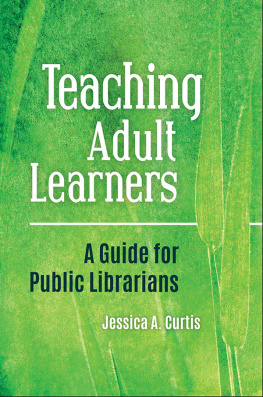
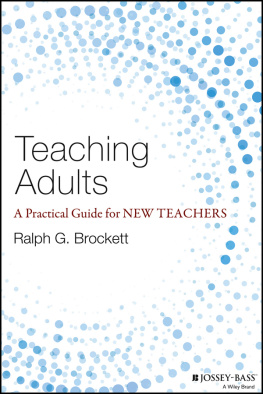
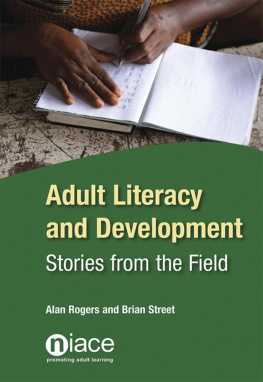
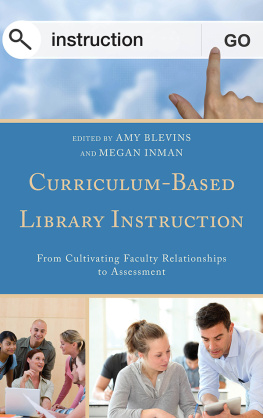
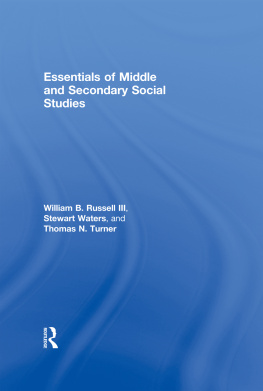
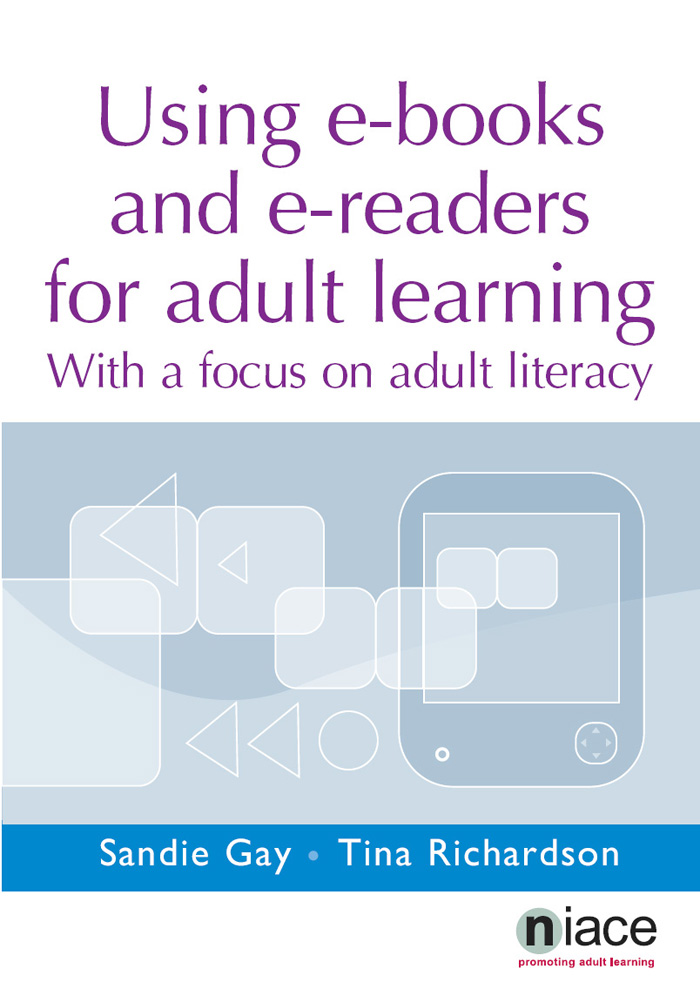

 e-book readers (dedicated and hybrid);
e-book readers (dedicated and hybrid);